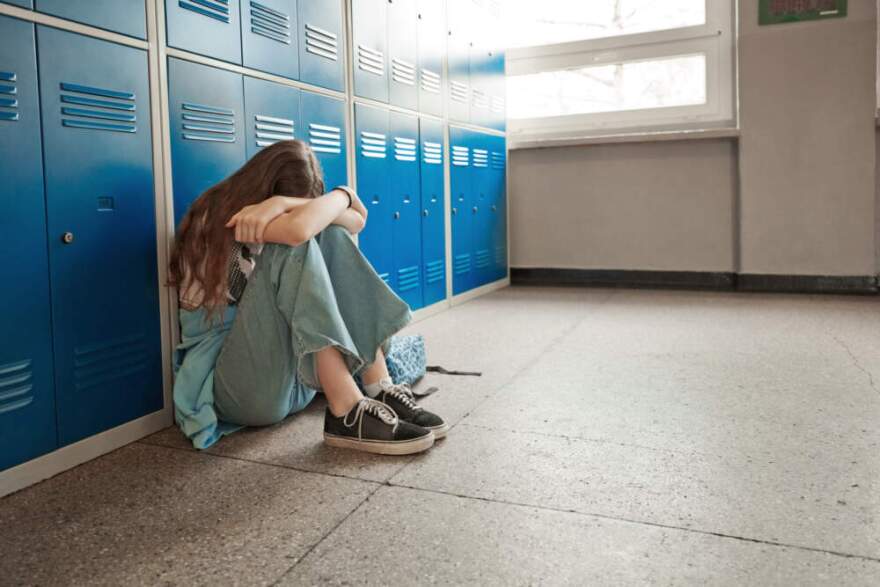More than 4,000 students in the Cincinnati Public School System are experiencing homelessness, and approximately 300 of them are sleeping outside or in vehicles.
Project Connect, a homeless advocacy organization within the school system, has a plan to help those students and their families: It’s called a “Safe Sleep Lot,” and it’s set to open in March of 2026. It would allow families to sleep in their cars in a designated lot while they await temporary or long-term housing.
In order to get into the Cincinnati shelter system, a case worker must see a person sleeping in their car. But according to Rebeka Beach, the program manager for Project Connect, families move around a lot, making it difficult for case workers to get eyes on them. Setting up a designated place to park would allow officials to see the families and then move them into housing.
For Beach, the issue is personal. When she was 16, her family was displaced and lost their house. Beach said she couch surfed until a neighbor took her in and encouraged her to stay focused on her education.
Beach said that just one intervention or adult supporting a child experiencing homelessness can have a profound impact.
“Just trying to ensure that your basic needs are being met really takes you out of the mode of focusing on education because you’re in survival mode,” Beach said. “When those needs are met, a child is much better suited to be successful in terms of educational outcomes.”
4 questions with Rebeka Beach
Can you describe why you started the project?
“Last school year, our program provided emergency housing support to 355 students. And that means that 355 students were either sleeping outside in vehicles or in places unfit for human habitats, such as laundromats, storage units, and we just really identified an increase.
“Our program serves over 4,000 students a year, but many of those students are couch surfing or in hotels.
“This growth in the number of unhoused students has been really concerning for us. There are several reasons around that, but we decided to create a space where our families could sleep that would have security and would have access to bathroom facilities and showers, cell phone charging stations, and then resources at our resource center during the day.”
What kind of resources are you providing?
“There’s a federal law, the [McKinney-Vento Homeless Assistance Act], that requires school districts to remove educational barriers for students experiencing homelessness.
“So, at a basic level, most programs provide school supplies, uniforms, backpacks and items like that. But our program really goes above the letter of the law, and we provide holistic support to our students.
“We actually have a resource center where we provide all of those items that I mentioned, as well as services through partner agencies. So, for example, Hamilton County Department of Jobs and Family Services can provide intake and recertification for families who are applying for [the Supplemental Nutrition Assistance Program] or cash benefits.”
But having a safe place to sleep is the main resource, right?
“We intend to have 12 spots because we are seeing on any given night three to five families sleeping in their cars. And so, the number that I gave you is over the course of a school year. So, we do believe that this will meet the need, but there is additional space for three additional parking spots if the need arises.
“People will be able to park from 10:00 p.m. to 7:00 a.m., so they will have to leave during the day. This is from March 2026, when it begins, and through November.”
Are you expecting the lot to be full each night?
“We really don’t expect it to be full each night. We are anticipating about six families sleeping in the lot each night. But we don’t know. I mean, we don’t know until we open what that will look like.
“We are seeing more and more families sleeping in their vehicles, so we may be surprised by the numbers. We’re facing cuts to housing, so that will, I think, deepen the need because really, the lot is a bridge.
“We know it’s not a solution, but we receive feedback from parents that they really feel unsafe sleeping in their cars, and they have to move frequently throughout the night.”
This interview was edited for clarity.
____
Jenna Griffiths produced and edited this interview for broadcast with Catherine Welch. Grace Griffin produced it for the web.
This article was originally published on WBUR.org.
Copyright 2025 WBUR

